With Warsaw being just over a two hour flight from the U.K. it makes for a perfect short break whatever the time of year. We opted to take an early morning flight from London Heathrow, arriving into Warsaw Chopin airport at 11.15 a.m. local time. Read on to find out the best things to see and do in the city.
Getting around:
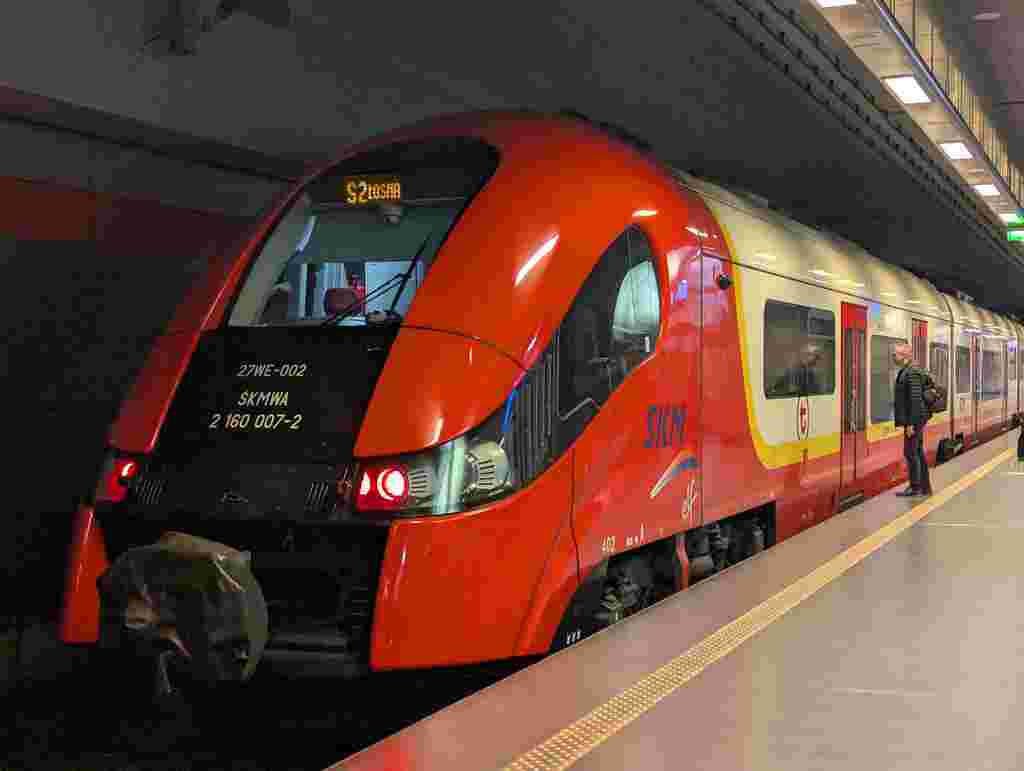
Warsaw Chopin airport is located close to the city centre with a journey time of 20 minutes by direct train. Tickets can be obtained from machines located on the station concourse within the airport. Single, standard tickets cost PLN 4.40 (80p) for a Zone 1 ticket lasting 75 minutes. The airport is included inside Zone 1 making the journey quick and affordable. Rather than a single journey ticket I recommend purchasing a 72 hour transport ticket PLN 36 (£7.16) which is valid on buses, trains and trams within Zone 1.
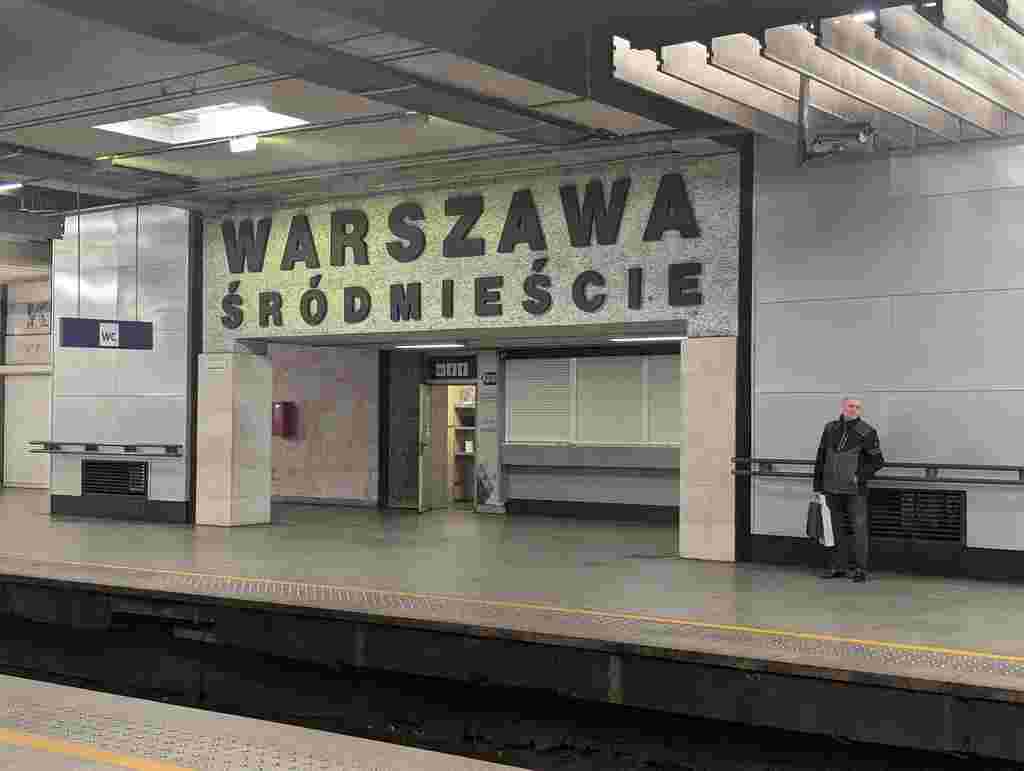
This is much better value than buying separate tickets for each journey and less time consuming. After purchase, the ticket needs to be validated the first time of use in one of the machines on board the vehicle. More details about transport options in Warsaw can be found here.
See and do:
The Palace of Culture and Science
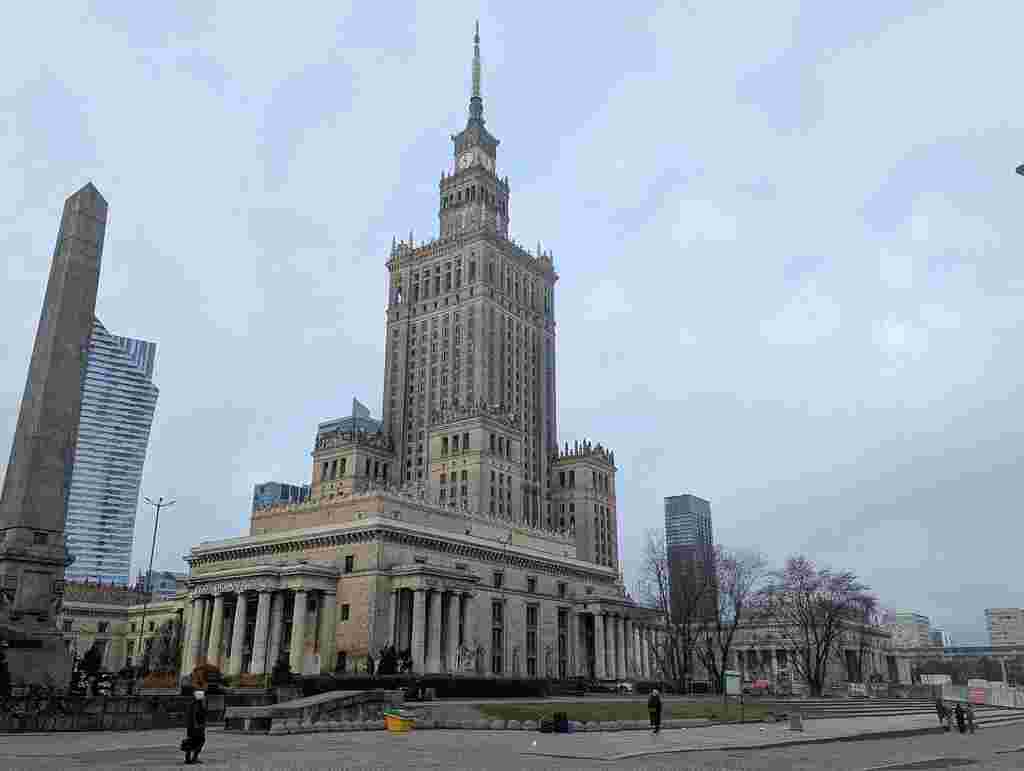
The Palace of Culture and Science dominates the skyline and can be seen throughout the city. The building was completed in 1955 on the orders of Stalin and contains a staggering 3,000 rooms over 42 floors. This landmark building is the tallest in Poland standing 237m tall and is an example of socialist-realist architecture housing four theatres, a cinema and two museums. Take the lift to the viewing terrace on the 30th floor, 114 metres high. On a clear day there are stunning views over the old town rooftops and across to the River Vistula. Palace of Culture and Science.
Explore the Old Town

Warsaw’s UNESCO World Heritage old town was painstakingly re-built after being badly destroyed during the Second World War. Wander the maze of cobbled streets of the beautifully restored tall Renaissance and Baroque style merchants’ houses painted in shades of yellow, pink and pale blue. The historic centre was founded in the 13th century as the Prince’s castle and surrounded by defensive walls and was at that time a regular meeting place for merchants.
Old City Walls
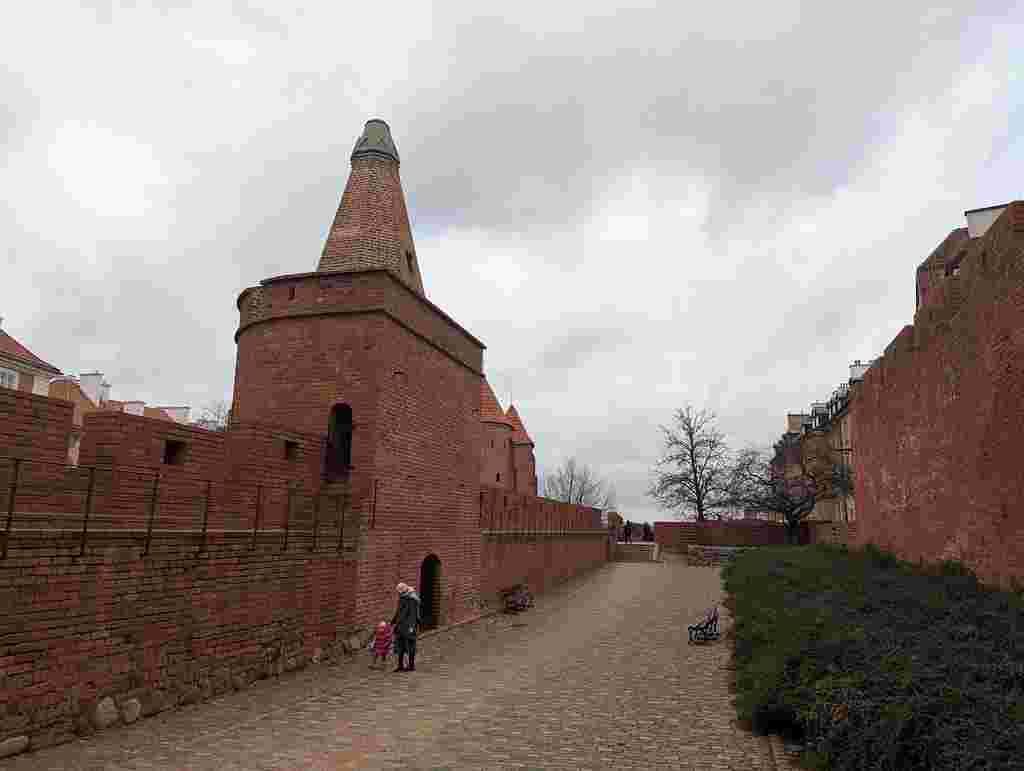
Walk along the old city walls for some superb views of the city. Only fragments remain with the best preserved stretches near to the Royal Castle.
Visit the Royal Castle
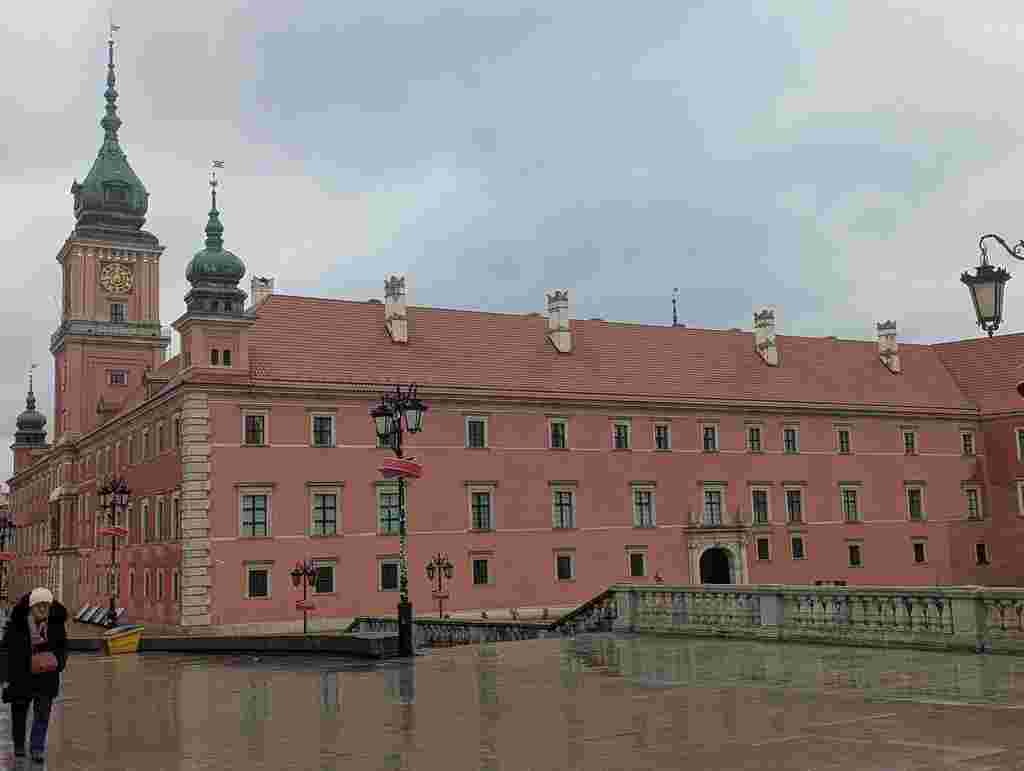
The castle was the former royal residence of Polish rulers. Explore the Royal apartments, the throne room, and its art collection with paintings by Rembrandt and Canaletto. Outside stroll through its beautifully reconstructed gardens. Royal Castle, Warsaw.
Walk the Royal Route
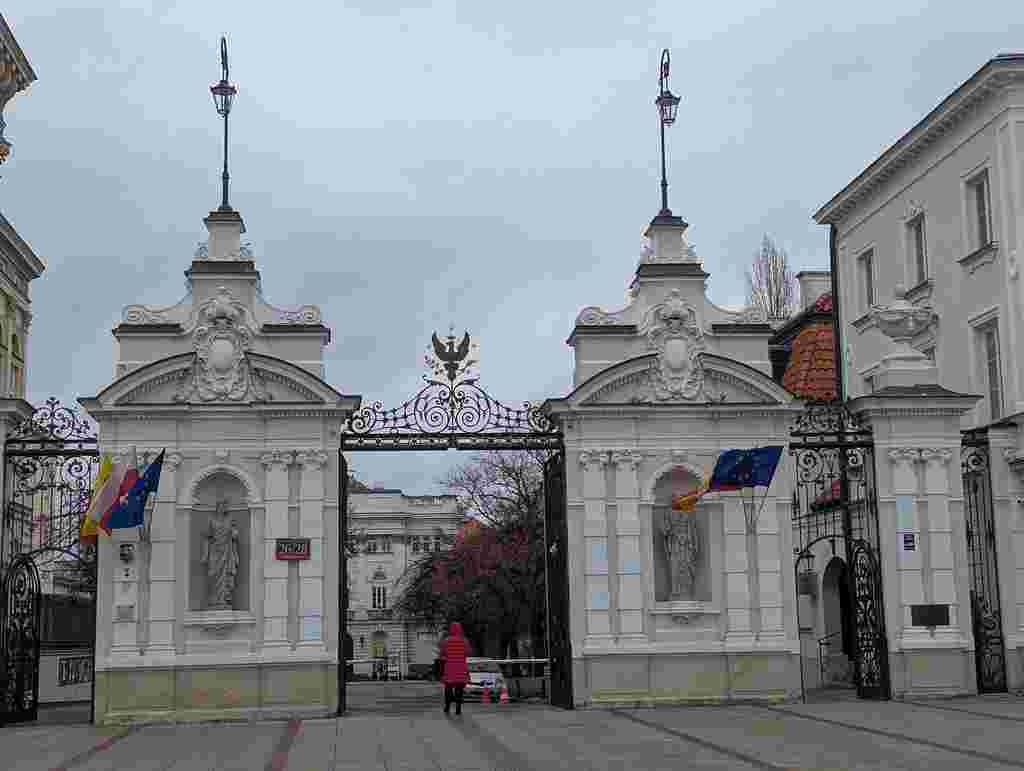
The Royal Route connects three former residences of Polish rulers, the Royal Castle, Royal Lazienki Palace and the Wilanow Palace. Most of the city’s historic sites are to be found along this Royal Route which starts from the Royal Castle in the heart of the old town and leads to Wilanow Palace, a distance of 1.5 km. Along the way pause to admire the neo-classical Presidential Palace and the University of Warsaw main campus next door. Wander through the Baroque gates of the University and take a stroll through its campus. Continue along wide tree lined avenues heading towards Belvedere Palace, flanked on one side by embassies and on the other by Park Ujazdowskie. This park was laid out in 1896 and is a delight to stroll through with its lake, fountains and bridges.
Royal Lazienki Palace
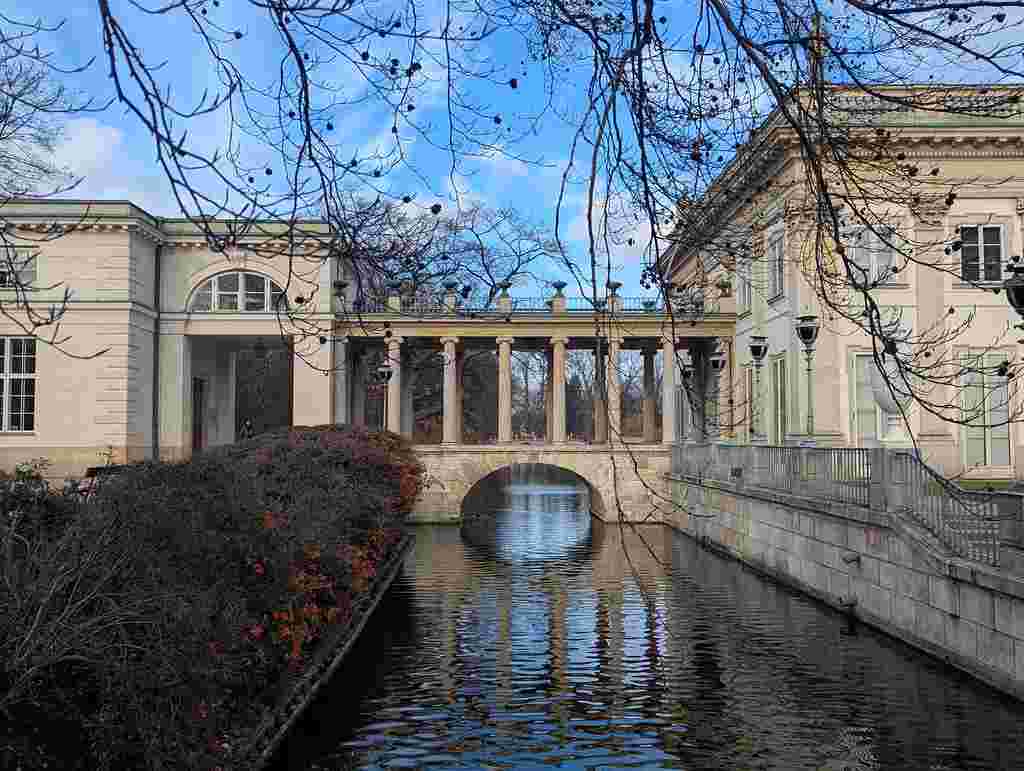
Take a stroll along the leafy avenues of Lazienki Park and marvel at its stunning Baroque Palaces. It’s the largest park in Warsaw and was designed in the 17th century in Baroque style. This vast park surrounds the summer residence of the last Polish King, with ‘The Palace on the Lake’ built in the late 18th century as the summer residence of Stanislaw II Augustus.

The park is home to a winter garden, a Chinese garden and an amphitheatre where you’ll find a large statue of Frederic Chopin the distinguished Polish composer and virtuoso pianist. Each Sunday afternoon from May – September one can listen to a Chopin piano recital by the monument. Royal Lazienki.
Vistula Riverside
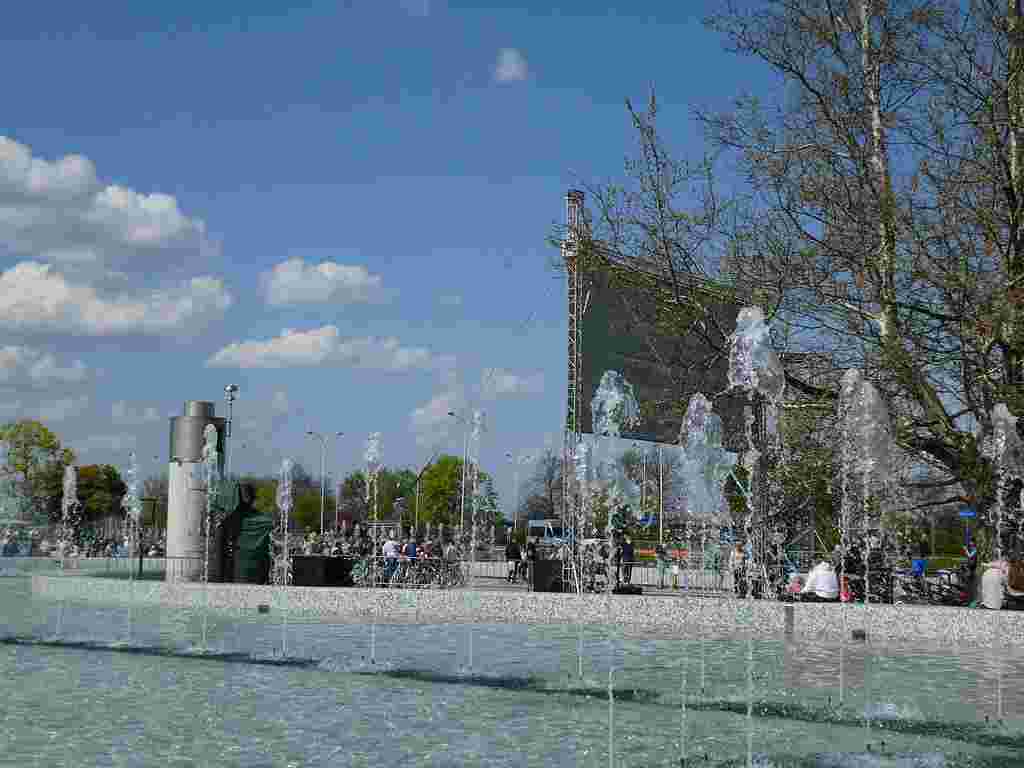
Walk along the ‘left bank’ (west) riverside promenade which extends for 1 km from near the Copernicus Science Centre to the old town. This newly re-developed broad boulevard is popular with both walkers and cyclists. Floating barge restaurants line its banks along with a mini beach to keep children happy during the summer months.
Explore the POLIN – Museum of the history of Polish Jews
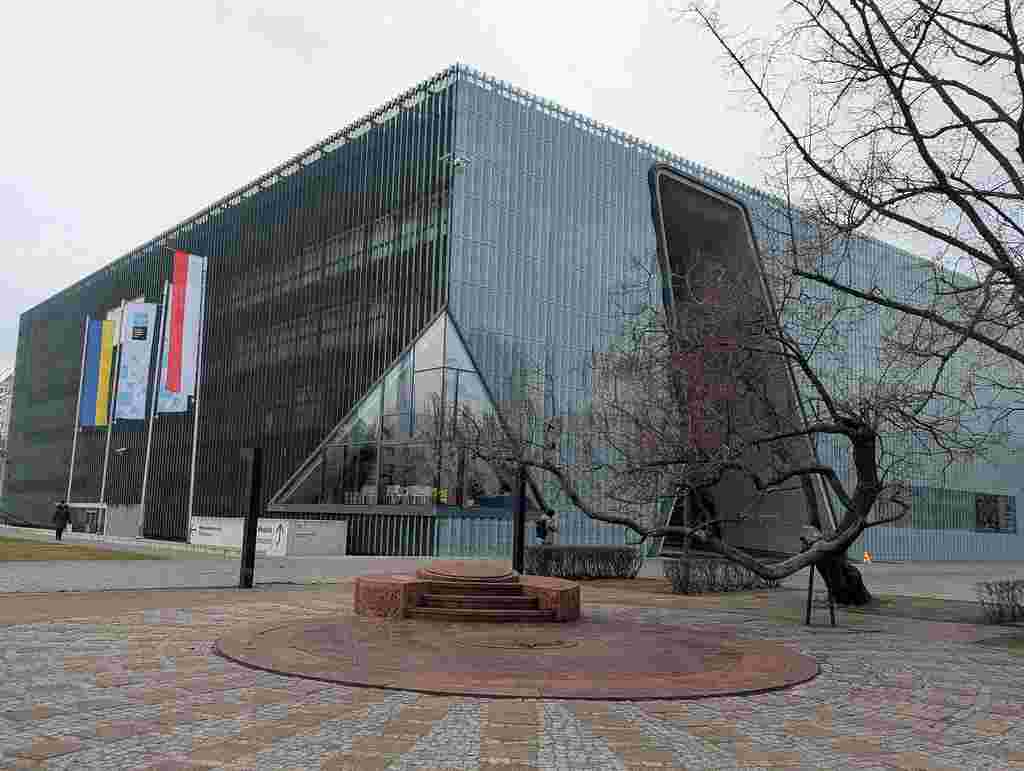
POLIN opened between 2013 and 2014 and stands in what was once the heart of Jewish Warsaw – an area which the Nazis turned into the Warsaw Ghetto during World War Two. The museum was selected as the 2016 European museum of the year and features 8 galleries presenting a thousand year history of Polish Jews from the Middle Ages to modern times.
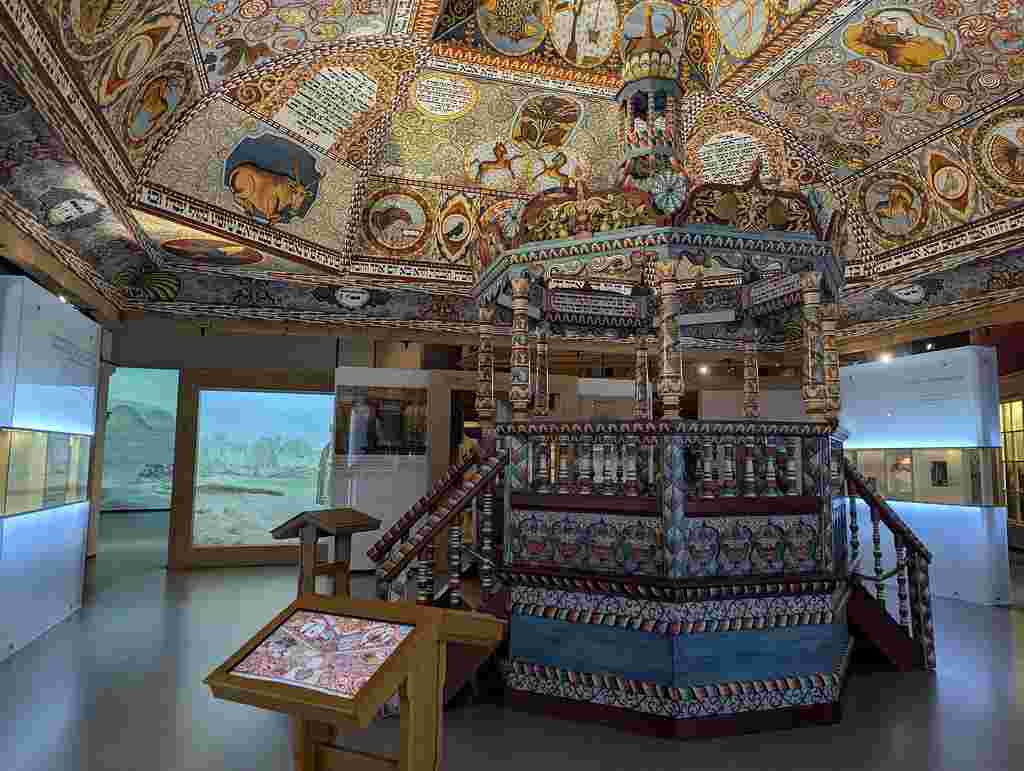
The self guided tour starts with the history of the pre-war Jewish district and its inhabitants. It then tells the story of the inter-war period, WW2, the horrors of the holocaust and post-war life. The holocaust is handled with sensitivity leaving visitors with a sense of an entire world that collapsed following both the Nazi and Soviet invasions. This section is extremely sad, moving and poignant but most of all it’s an education into the life of Polish Jews. The museum is large, so I would suggest allowing a minimum of two and a half hours for a visit. POLIN Museum.
Spend an evening at the Polish National Opera
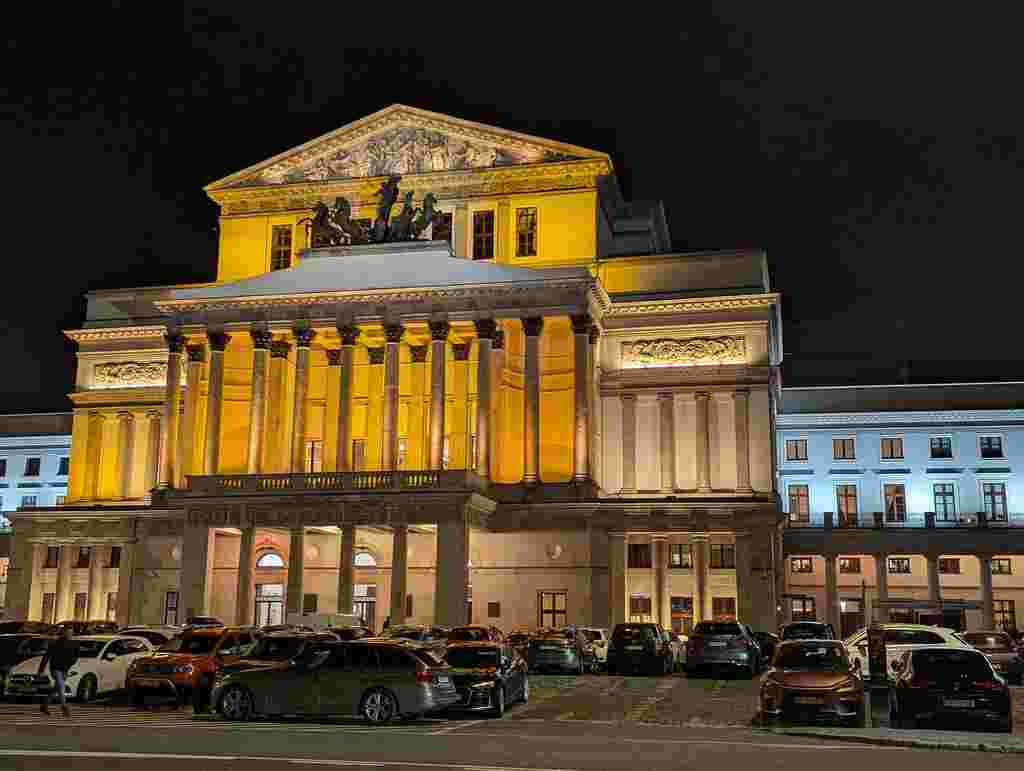
Enjoy a cultural evening at the Polish National Opera. Located near the Arsenal metro station, this grand theatre is one of the largest in Europe with a seating capacity of over 2,000. The theatre first opened in 1833 but after suffering severe damage during the Second World War it was painstakingly rebuilt in the same style, re-opening over 20 years later. During our visit we enjoyed a performance of Wagner’s Magic Flute. Polish National Opera.
Learn the art of dumpling making:
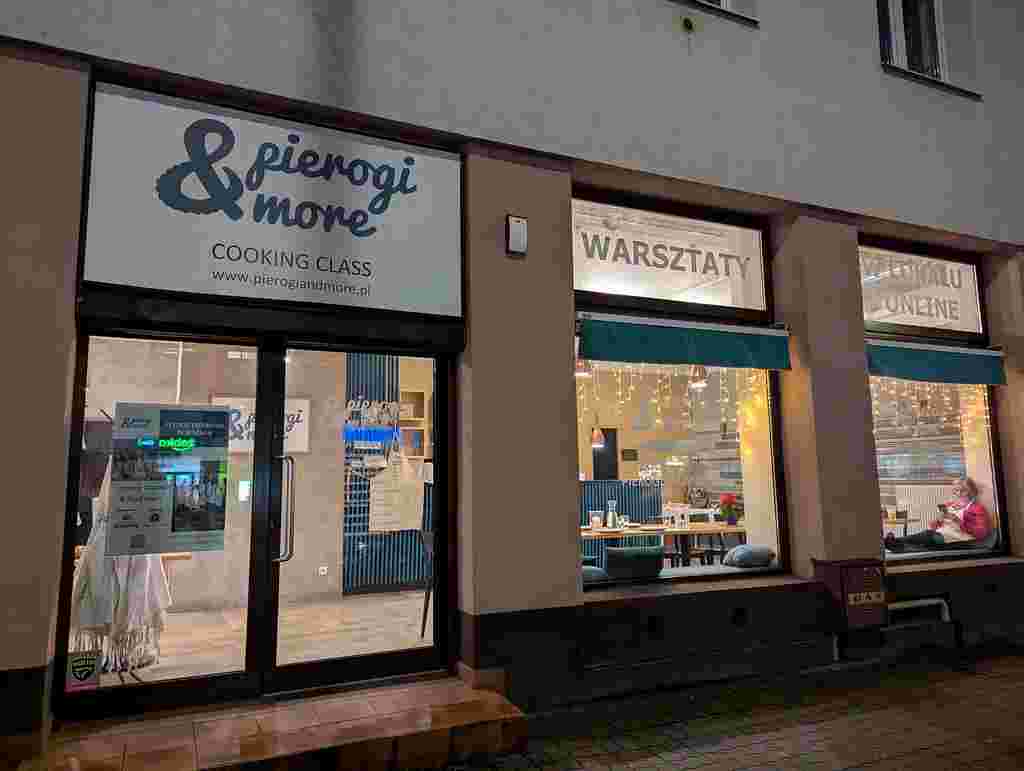
No visit to Warsaw is complete without enjoying lunch of traditional Polish dumplings ‘pierogi’ accompanied by a glass of local beer in one of the many inviting pubs and cafes located around the city centre. Rather than just enjoying this tasty Polish staple I suggest signing up for a dumpling cookery class enabling you to recreate the authentic dumplings once you return home. We joined a class with Pierogi and More who are conveniently located close to the old town. After being warmly welcomed by the owner and experienced chef Maria, we popped on aprons and rolled up our sleeves ready to start.
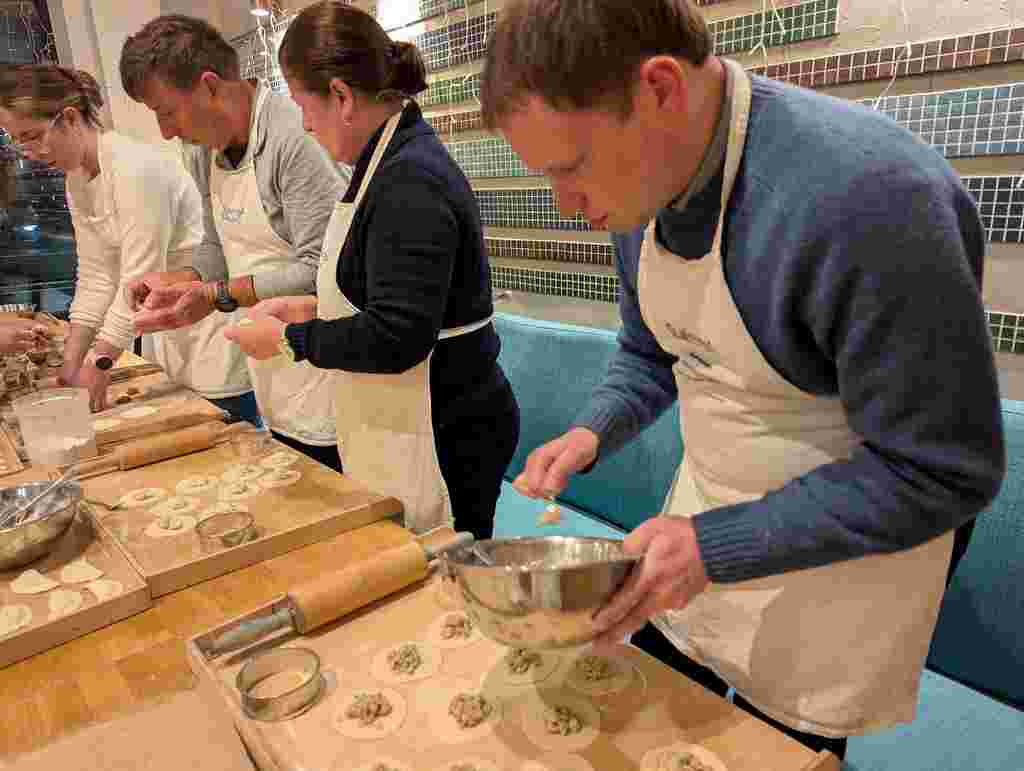
Under the capable guidance of Maria we learnt how to roll out the dough, fill, seal and shape it to prepare the dumplings ready for cooking. We were divided into three small groups with each pair working on a different filling. We were tasked with meat whilst the others added vegetarian and vegan fillings into their dumplings.
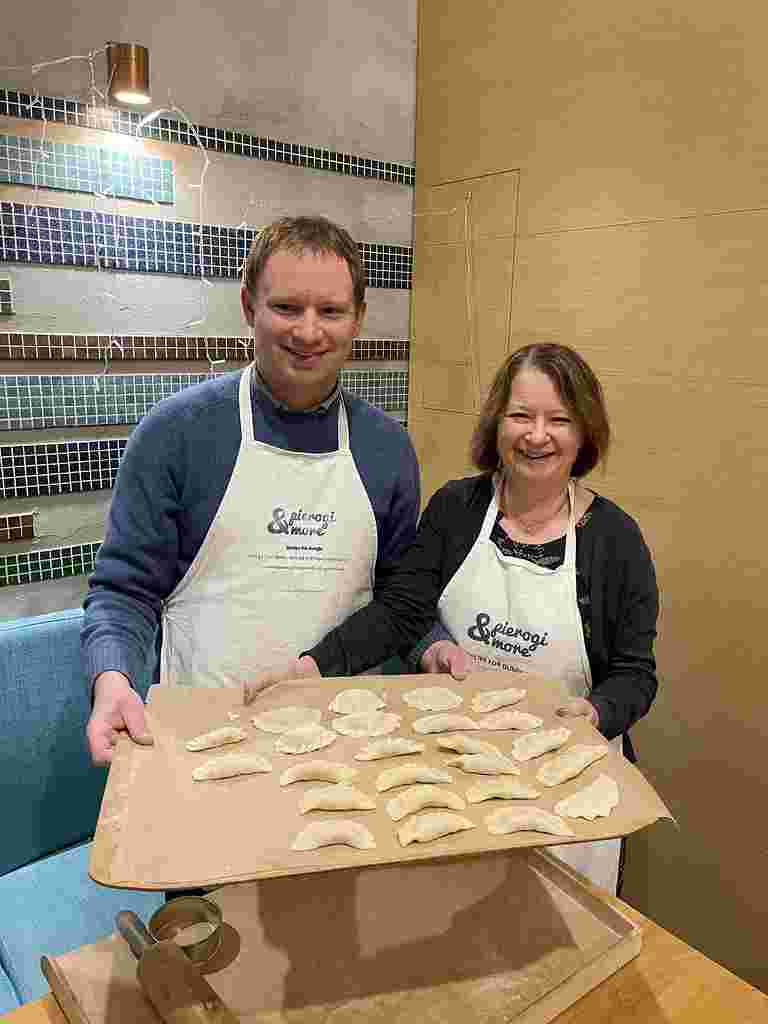
Once the dumplings had been cooked we all gathered around a table enjoying all three of the dumpling fillings, each of them tasting delicious. To reward our success we were given dumpling proficiency certificates and rounded off our two hour class with glasses of traditional Polish liqueurs. Whether you join the class with friends, family or on your own, I’m certain you’ll have fun and sitting around the table chatting with the rest of the group sampling the pierogi was interesting too as everyone was very friendly. Pierogi and More.
Cross the river to explore the Praga district
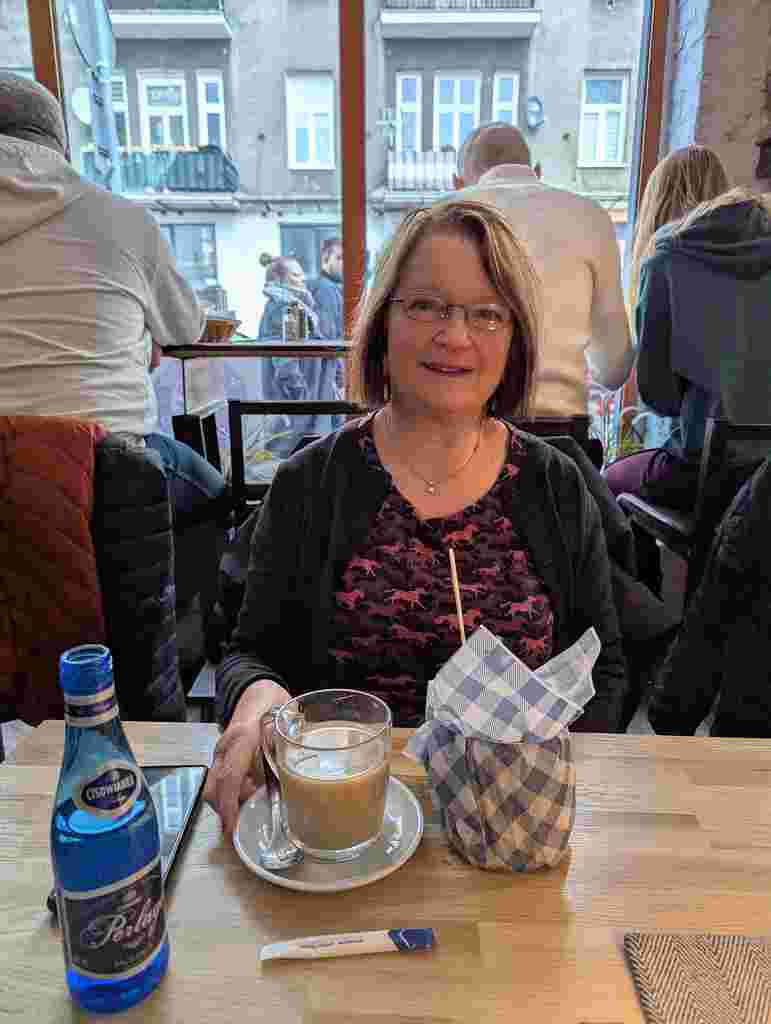
Cross the Vistula river to explore the bohemian district of Praga. Wander the streets, search for vintage clothes, view street art and then enjoy lunch at Pyzy Flaki Gorące. This unassuming cosy cafe is a hidden gem serving traditional Polish food in glass jars.
Learn about Poland’s relationship with vodka
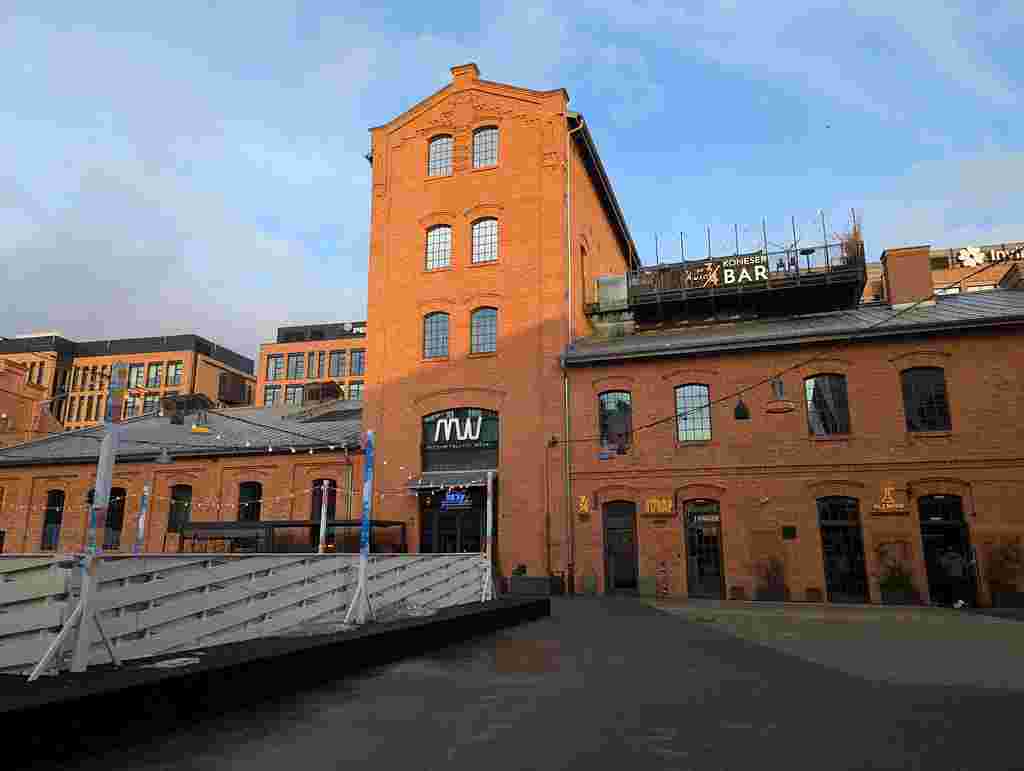
Located in the Praga district in the historical building of the former distillery take a tour of the Polish Vodka Museum to discover why vodka is a very important element of Polish culture. Book a one hour guided tour of the museum which documents the history, tradition and place of Polish vodka from its early days to the present time.
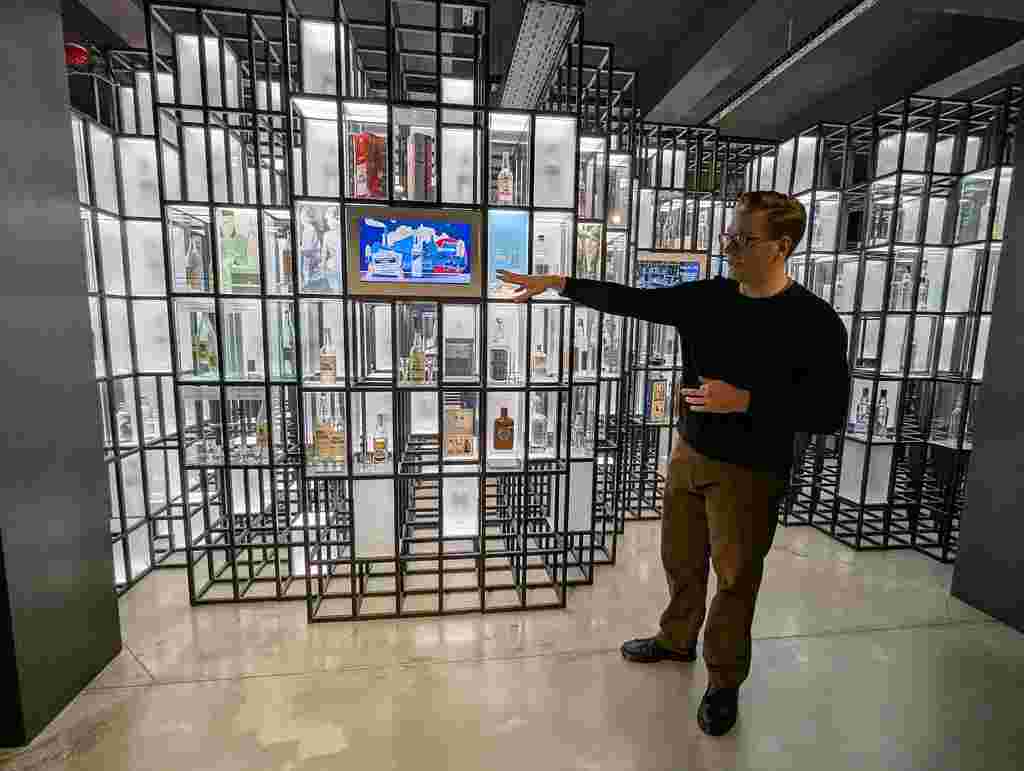
Galleries familiarise visitors with the process of vodka production, raw materials used for its production and of its different flavours. The final gallery contains a display of vodka bottles through the ages demonstrating how the design of bottles and labelling has changed over the years.
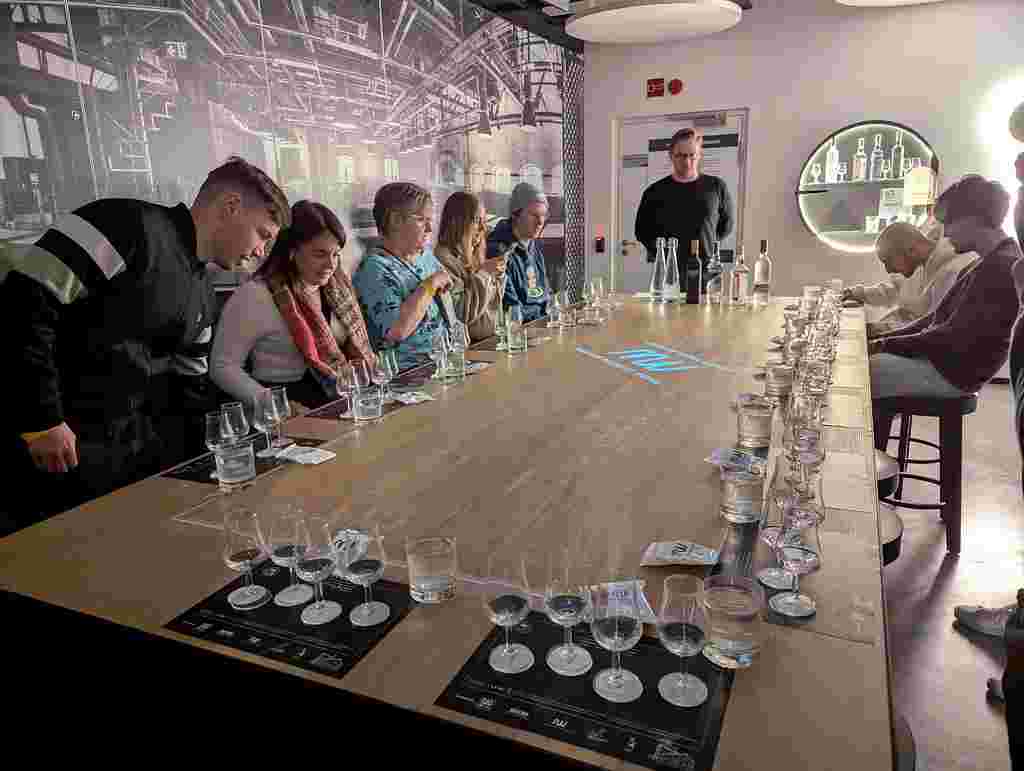
At the end of the tour, groups are invited to sit around the table in one of the tasting rooms and to enjoy tastings of several distinctive Polish vodkas accompanied by a small snack. Polish Vodka Museum.
Stay:
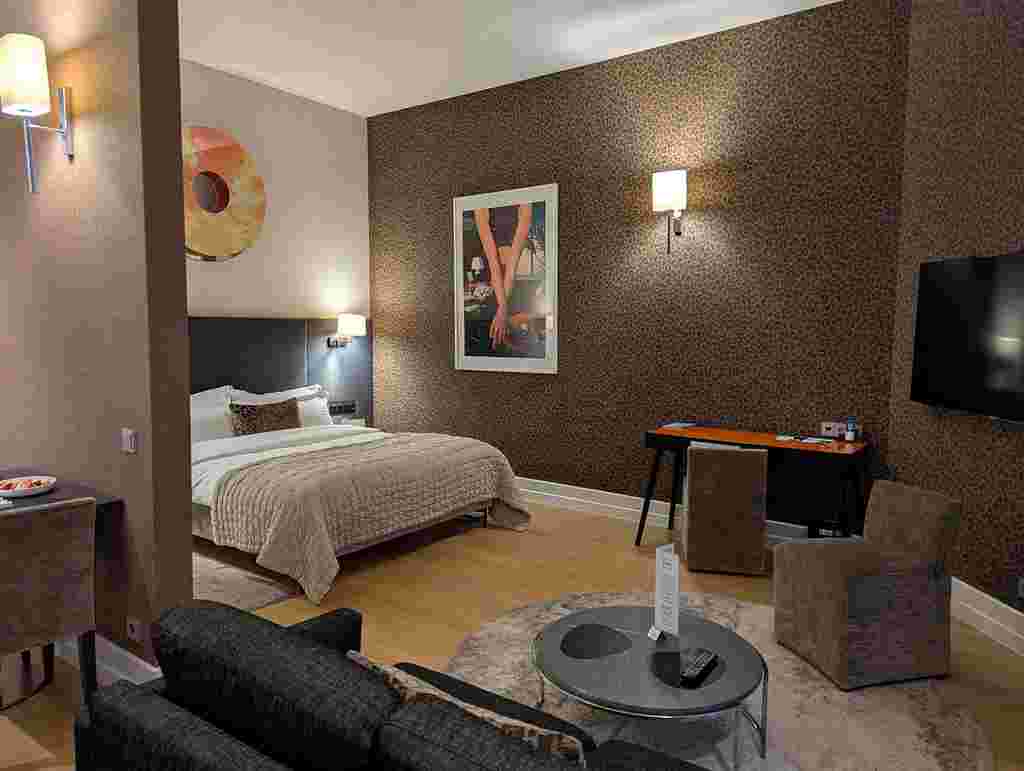
Warsaw has accommodation to suit all tastes and budgets. We chose to stay at the luxurious five star H15 Boutique Hotel which is located on one of the oldest streets in central Warsaw. The 19th century building has had many purposes, serving as a grand private residence and as a Soviet embassy.
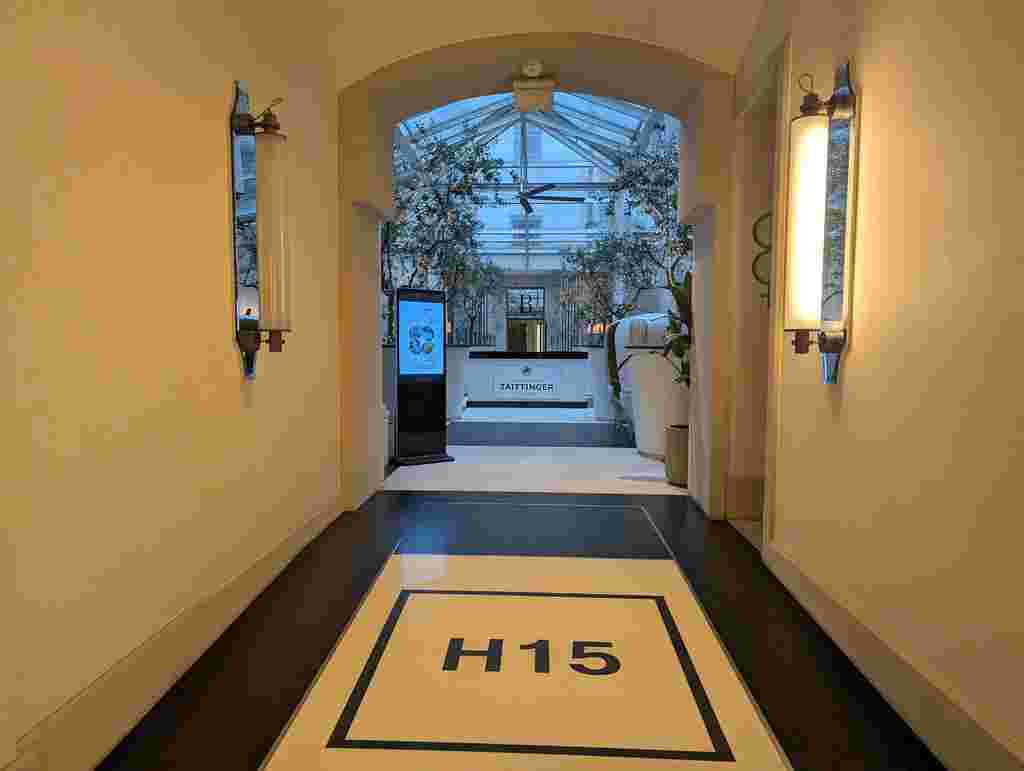
With impeccable service, delicious food and stylish rooms featuring plush furnishings and high ceilings, it’s definitely my top pick for a stay in the Polish capital. H15 Boutique Hotel.
During our weekend in Warsaw we were guests of Go To Warsaw and the H15 Boutique Hotel. As always, all views and opinions are entirely my own.
If you have enjoyed this post you may also like:
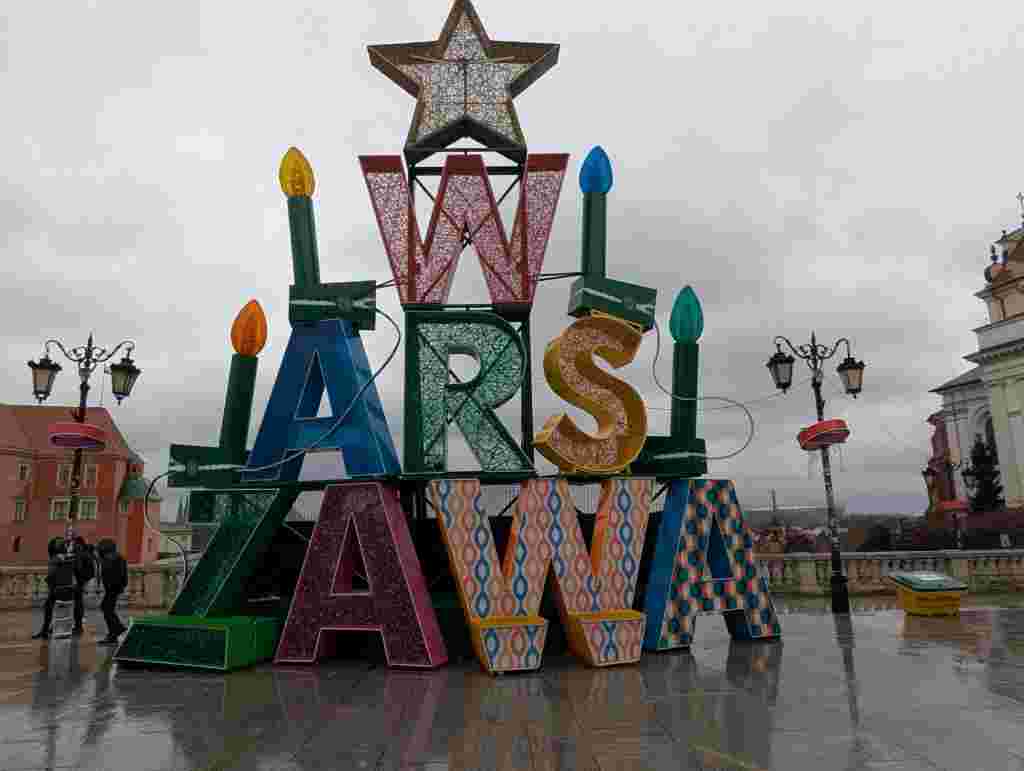

Leave a comment